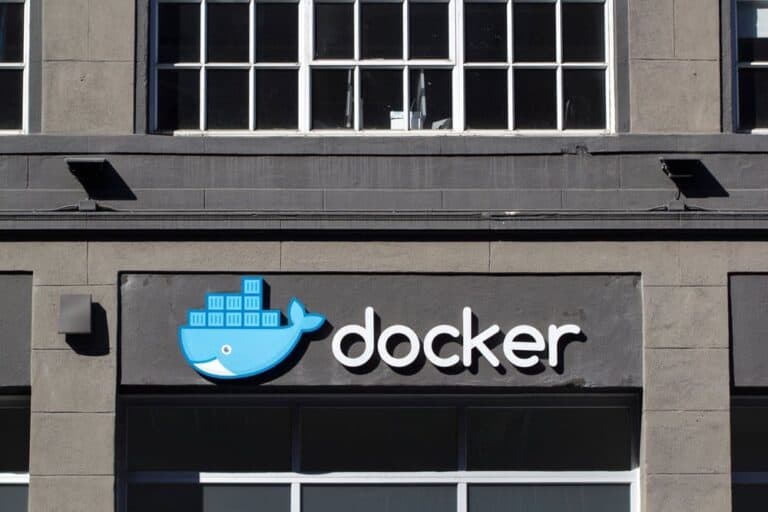Docker users will now be able to use WebAssembly technology to build applications.
Docker announced that developers will be able to use their Docker Desktop environments to build applications using WebAssembly (Wasm) software artifacts.
Originally developed for building browser applications under the auspices of the World Wide Web Consortium (W3C), Wasm is emerging as a portable binary instruction format for building software in a memory-safe, sandboxed execution environment.
Unlike containers that are limited to running on either Linux or Windows, Wasm promises to make it possible for developers to write code once and deploy it anywhere using more than 40 different programming languages.
WebAssembly and Docker Desktop
WebAssembly, often shortened to Wasm, is a relatively new technology that allows you to compile application code written in over 40 languages and run it inside sandboxed environments. Supported languages include Rust, C, C++, JavaScript and Golang.
It’s not clear to what degree Wasm might ever supplant containers, but for now, the expectation is that Wasm applications will be built and deployed alongside containers depending on the use case and level of scale required.
Technical preview
Michael Irwin, Engineering Manager at Docker, described the new release in a technical preview of Wasm support in Docker Desktop. He confirmed that the new version of Docker will enable developers to build cloud-native applications using containers alongside Wasm artifacts rather than having to acquire, deploy and secure a separate application development environment.
“At Docker, our goal is to help developers bring their ideas to life by conquering the complexity of app development”, Irwin wrote. “We strive to make it easy to build, share, and run your application, regardless of the underlying technologies.”
“We see Wasm as a complementary technology to Linux containers”, he continued, “where developers can choose which technology they use (or both!) depending on the use case. And as the community explores what’s possible with Wasm, we want to help make Wasm applications easier to develop, build, and run using the experience and tools you know and love.”
